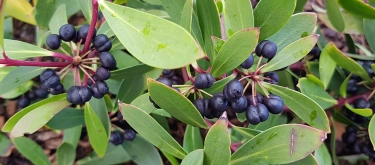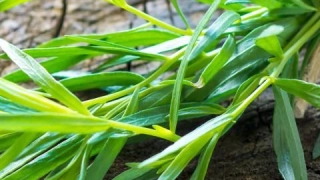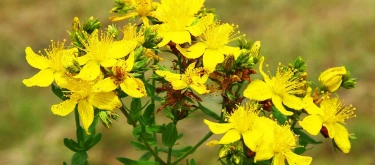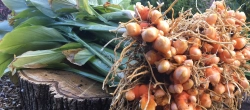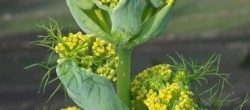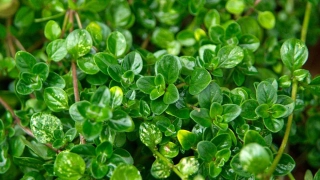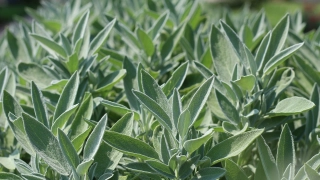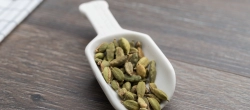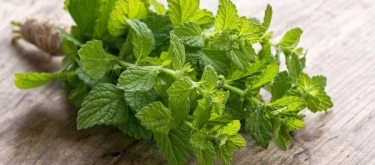Pandan: Taste Profile, Aroma, Benefits and Health Risks
Pandan (Pandanus amaryllifolius), often referred to as screwpine leaf, is a tropical herb widely used in Southeast Asian cuisine. Known for its distinct aroma and vibrant green color, pandan is cherished for both its flavor and visual appeal in desserts, rice dishes, and beverages.
Generally safe for most individuals; artificial pandan flavorings may contain allergens or colorants.
What does Pandan taste like?
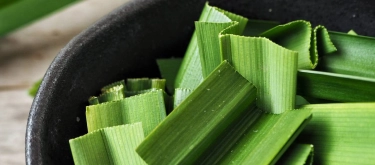
Complete Sensory Description:
-
Taste: Pandan has a sweet, grassy flavor with subtle notes of vanilla, almond, and rose.
-
Aroma: Intensely fragrant and floral, often compared to jasmine rice with hints of coconut and vanilla.
-
Texture: The leaves are fibrous and leathery; not typically eaten directly but used to infuse flavor.
-
Appearance: Long, narrow, blade-like green leaves that are glossy and aromatic when crushed.
In-depth Flavor Analysis:
The signature aroma and flavor of pandan come from volatile compounds such as 2-acetyl-1-pyrroline—the same compound responsible for the fragrance of basmati and jasmine rice. Additional flavor notes arise from lactones and essential oils that lend it its creamy, nutty profile. Its flavor is water-soluble and best released through steaming, boiling, or infusion.
Flavour Variations Depending on Preparation and Maturity:
-
Maturity: Young leaves are milder and more aromatic; older leaves are tougher but richer in essential oils.
-
Preparation:
-
Infusion: Leaves are tied in knots or blended to extract juice for coloring and flavoring desserts and drinks.
-
Steaming: Used to line steamers or wrap rice, imparting fragrance.
-
Grilling: Wrapped around meats or rice, pandan adds a sweet herbal layer.
-
Varieties and Culinary Applications:
While there are various Pandanus species, Pandanus amaryllifolius is the only one cultivated for culinary use. Pandan is used in cakes, rice puddings, jellies, custards, and drinks like pandan coconut milk or iced teas. It is also used to wrap savory items like chicken or sticky rice.
Selection and Storage:
Choose unblemished, vibrant green leaves. Fresh pandan should be refrigerated and used within a week. Leaves can also be frozen or dried for longer storage, though fresh leaves offer superior aroma and color.

Nutritional Insights:
Pandan contains trace amounts of antioxidants, carotenoids, and essential oils. It has been traditionally used to support digestion, reduce inflammation, and act as a mild analgesic in herbal medicine.
Expert Insights & Culinary Tips:
Chefs recommend blending pandan leaves with water and straining the pulp to create a natural extract. This extract is commonly used in cakes and sweets. Pandan pairs exceptionally well with coconut, palm sugar, sticky rice, and tropical fruits like mango.
Interesting and Curious Facts:
-
In many cultures, pandan is considered the “vanilla of Southeast Asia.”
-
Pandan is also used as a natural insect repellent and air freshener.
-
Artificial pandan flavorings are common but lack the depth and nuance of fresh leaves.
Harm and Dietary Considerations:
Fresh pandan leaves are safe in culinary amounts, but concentrated extracts or artificial flavorings may contain synthetic additives. Children under 3 should not consume pandan extracts or artificially flavored products due to unknown sensitivities. Those with sensitivities to grasses or fragrant herbs should monitor for reactions.
Religious Dietary Considerations:
Pandan is plant-based and suitable for all major religious dietary practices.
Final Thoughts & Sensory Journey:
Pandan offers a unique combination of floral, nutty, and creamy notes that elevate both sweet and savory dishes. Its unmistakable aroma and color make it one of the most beloved ingredients in Southeast Asian cuisine.
Resources:
-
"Southeast Asian Flavors: Adventures in Cooking the Foods of Thailand, Vietnam, Malaysia & Singapore" by Robert Danhi (2008)
-
"The Oxford Companion to Food" by Alan Davidson (2014)
-
"Handbook of Herbs and Spices" by K.V. Peter (2012)

